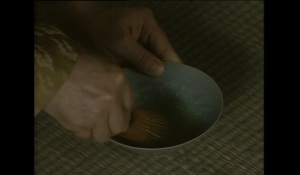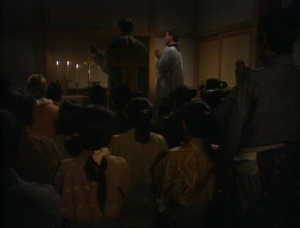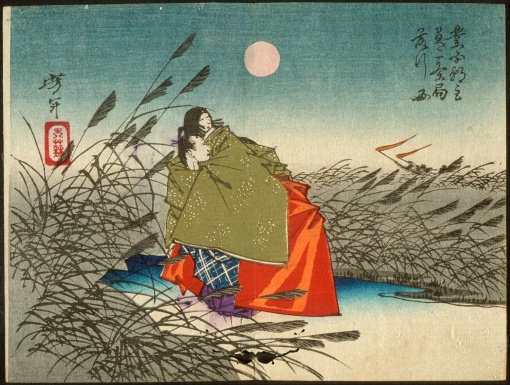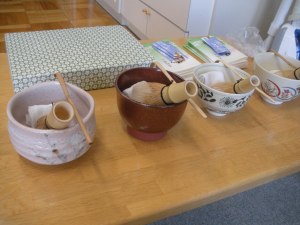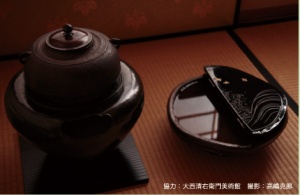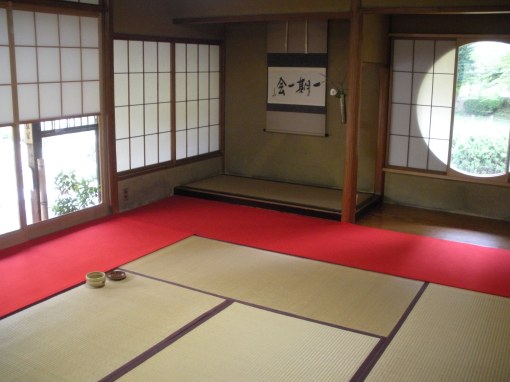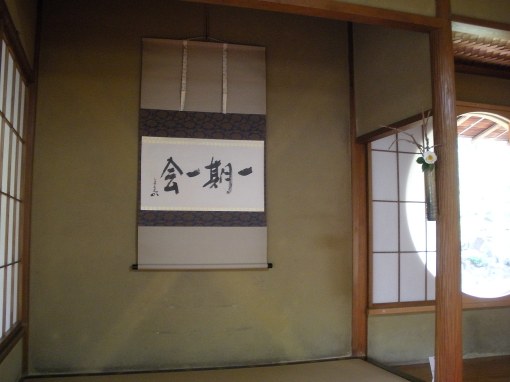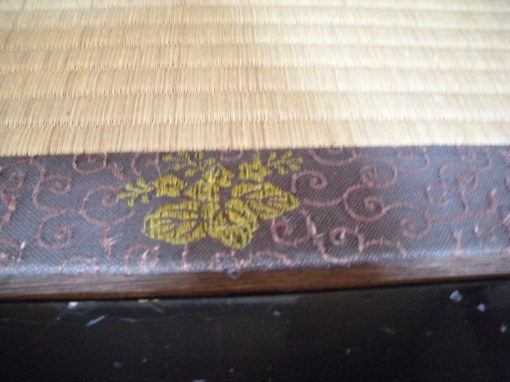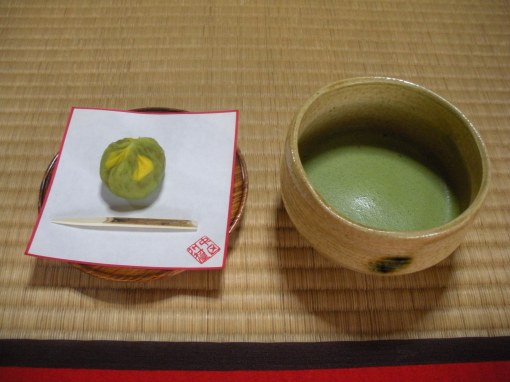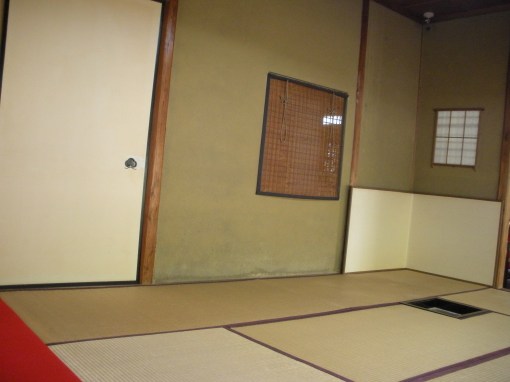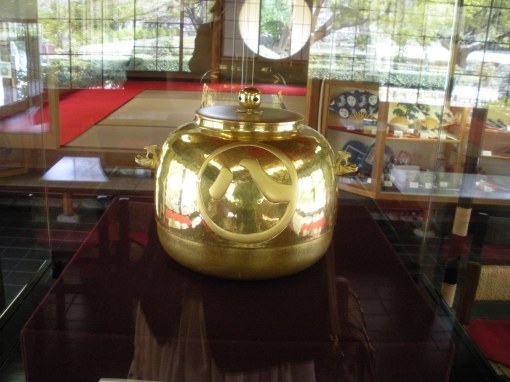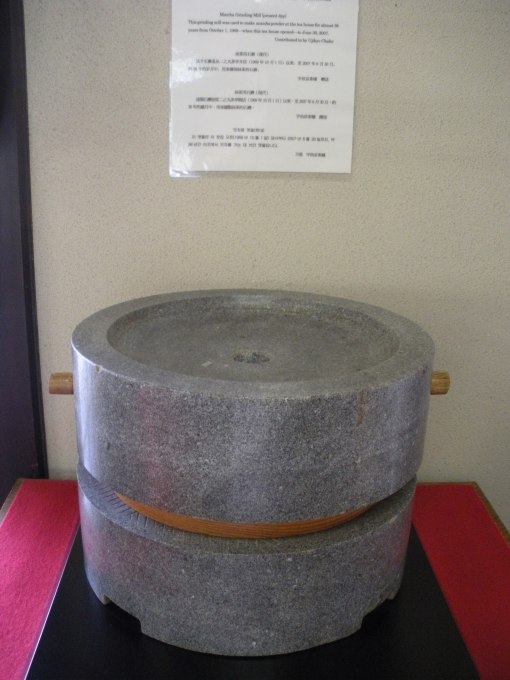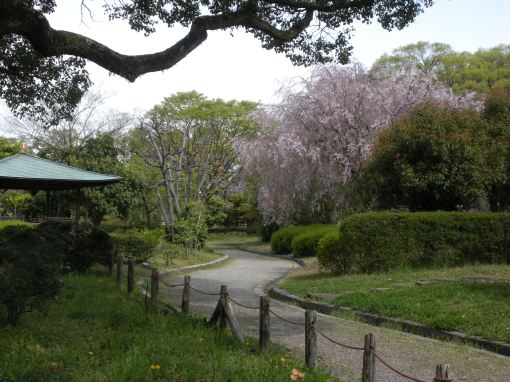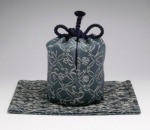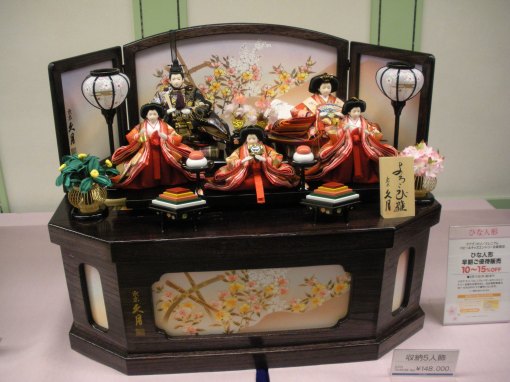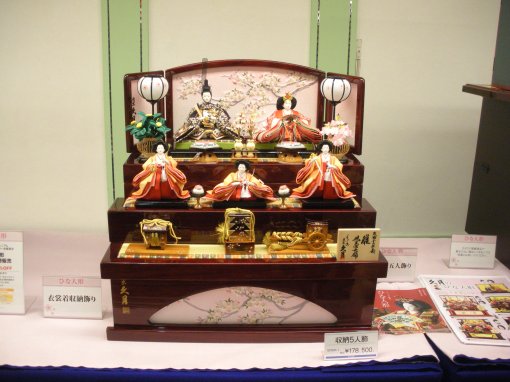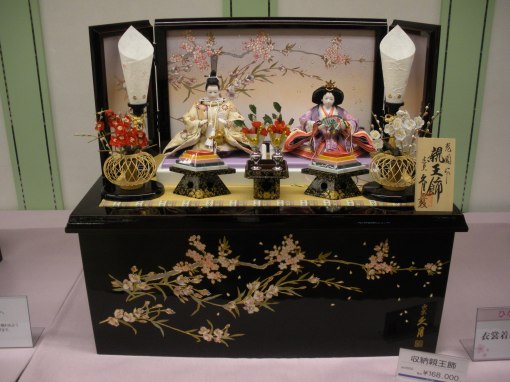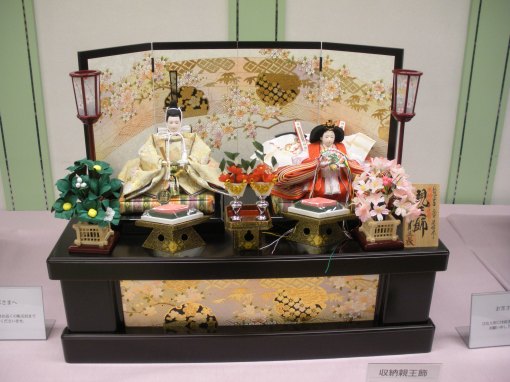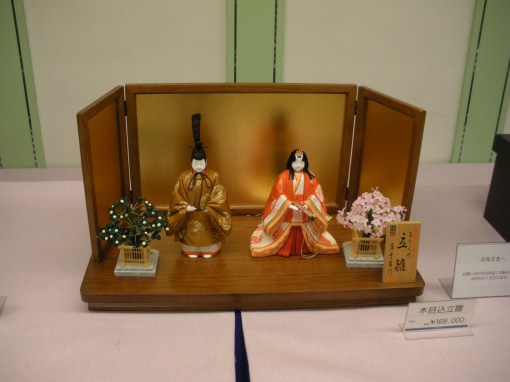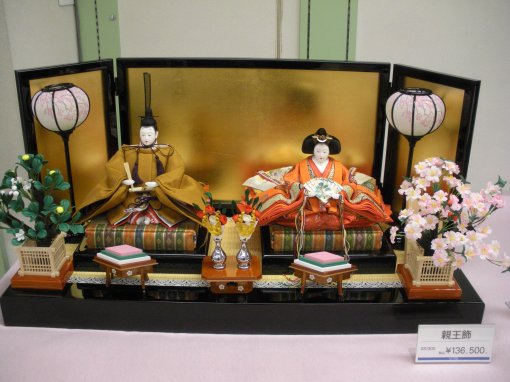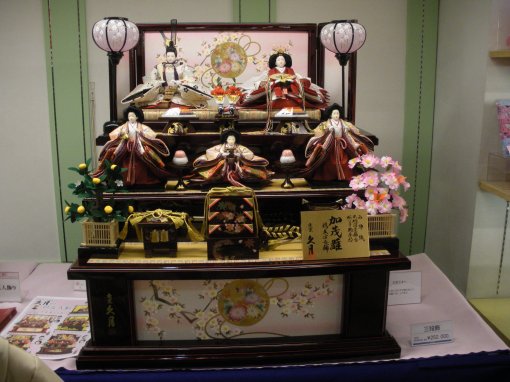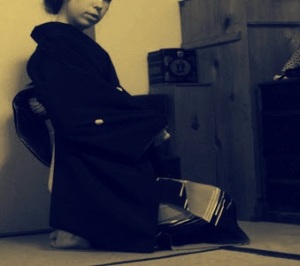 Many people have difficulty sitting in seiza. While I have hesitated to boldly state my own ignorant opinion on the matter, I have decided to do so with this post. So this is not a translation, but just my own insignificant thoughts.
Many people have difficulty sitting in seiza. While I have hesitated to boldly state my own ignorant opinion on the matter, I have decided to do so with this post. So this is not a translation, but just my own insignificant thoughts.
Seiza and Japanese culture are inseparably intertwined. There are tea procedures that have been created to avoid seiza: The Victorian-flavoured ryuurei style uses specially made tables and chairs affordable to only independently wealthy aristocrats, but lacks the intimacy that is in the heart of tea ceremony. Zarei is a newer temae that is more intimate and allows the host and guests to sit in seiza, agura (cross-legged), or on a small stool as they please. However, it still requires a special tana (tea stand) that has a very good price. By good, I mean expensive. But even with such temae, being able to sit in seiza is an indispensable part of learning Tea! Having been praised by my (Japanese) classmates for being able to sit in seiza for a long time, I hope my limited experience can give my dear readers some good advice.
As an aside, I started sitting in seiza after I became an adult. When I first started, it was not easy. My feet immediately fell asleep to the point I could not stand again. So seiza is a skill, not nothing some people are just naturally good at.
How I learned to sit in seiza:
Practice
When I first started sitting in seiza, I made a deliberate effort to sit in seiza at home, while reading or watching a movie or surfing the internet. I usually did this sitting on my bed, mostly because I lived in a very small room and there was no room to sit elsewhere. Now that I live in Japan, I live a rather “Japanese-style” life, meaning without high tables or chairs. I sit on tatami mat floor when using my computer, when reading, when eating…pretty much all the time. About half of this time, I am sitting in seiza. The other half of the time I sit in agura or tate-hiza (with one knee up). At work, I have a western-style desk and chair, but sometimes I will tuck my legs up in seiza on the chair, because I find that more comfortable nowadays.
As for where you should practice, I personally recommend, of course, tatami (real tatami is softer than foam-core tatami btw), but also other soft surfaces such as a zabuton (cushion), bed mattress, or even carpet. To sit comfortably in seiza, your body should slightly adjust its shape, so practicing while taking a hot bath helps this.
Don’t Sit Still
I can sit comfortably in seiza for hours, but my feet do still fall asleep. To help this, I am constantly moving my feet and weight*. Obviously, I can’t be fidgeting through an entire tea ceremony, but I can wiggle my toes or switch the position of my big toes. If my feet have fallen asleep and I know I will need to stand up soon, I start waking them up by wiggling them about five minutes before. The process of waking my feet up is a little painful, but it means that at least I can exit the room gracefully, rather than falling over when trying to stand on numb feet. I should also mention we sort of shuffle rather than pick up our feet when walking in a tea room. When your feet are in that painful half-asleep condition, this is a great blessing.
By the way, there are many opportunities to encourage sluggish circulation back into your feet. When you bow, fetch utensils, do haiken, and reach for the tana or kettle, these all allow you to move your body and take weight off if your feet.
*Nota bene: At one point I did field work at a Russian Orthodox church. Orthodox churches traditionally do not have pews, so this often included standing as an observer in a formal position for three hour long services. But for participants, this standing is broken every five or ten minutes by bows or even prostrations upon the floor. Standing in the same position was painful, but when interspersed with bows and other movement, it wasn’t so difficult at all. I think seiza is similar to this.
Exercise
I think it was Shigenori Chikamatsu who said that if you are healthy and have good circulation, you should have no problem with seiza. If you consider the sort of people who practiced tea when these forms were established, they had much more active lifestyles. I despise sports and can’t recommend anyone taking them up. But instead, take up another hobby that is more useful. Start a garden, try tai chi, take up charcoal making, or go on nature hikes on the weekend. I myself practice kyudo (Japanese archery) whose focus on “still activity” and etiquette has much in common with Tea.
By the way, when sitting in seiza, I am under the impression we shouldn’t sit all relaxed with all our weight on our feet. Keeping your posture straight and the muscles in your legs active helps prevent the feet from falling asleep too.
Dress “Comfortably”
I find wearing pants makes my feet fall asleep very quickly. If I am wearing kimono, I also try to be careful about not tying it too tight. I think that people, if they are not used to wearing kimono, tend to wrap and tie the kimono very tightly around the body. But there is no need for that and having the kimono bound around the thighs too tightly makes sitting in seiza more difficult.
I’ve also had recommended to me that I leave the upper most clasp of my tabi undone.
The above is just my opinion and based upon my experience, so while I hope it can give some good advice, only use what you find works well and experiment for yourself.


